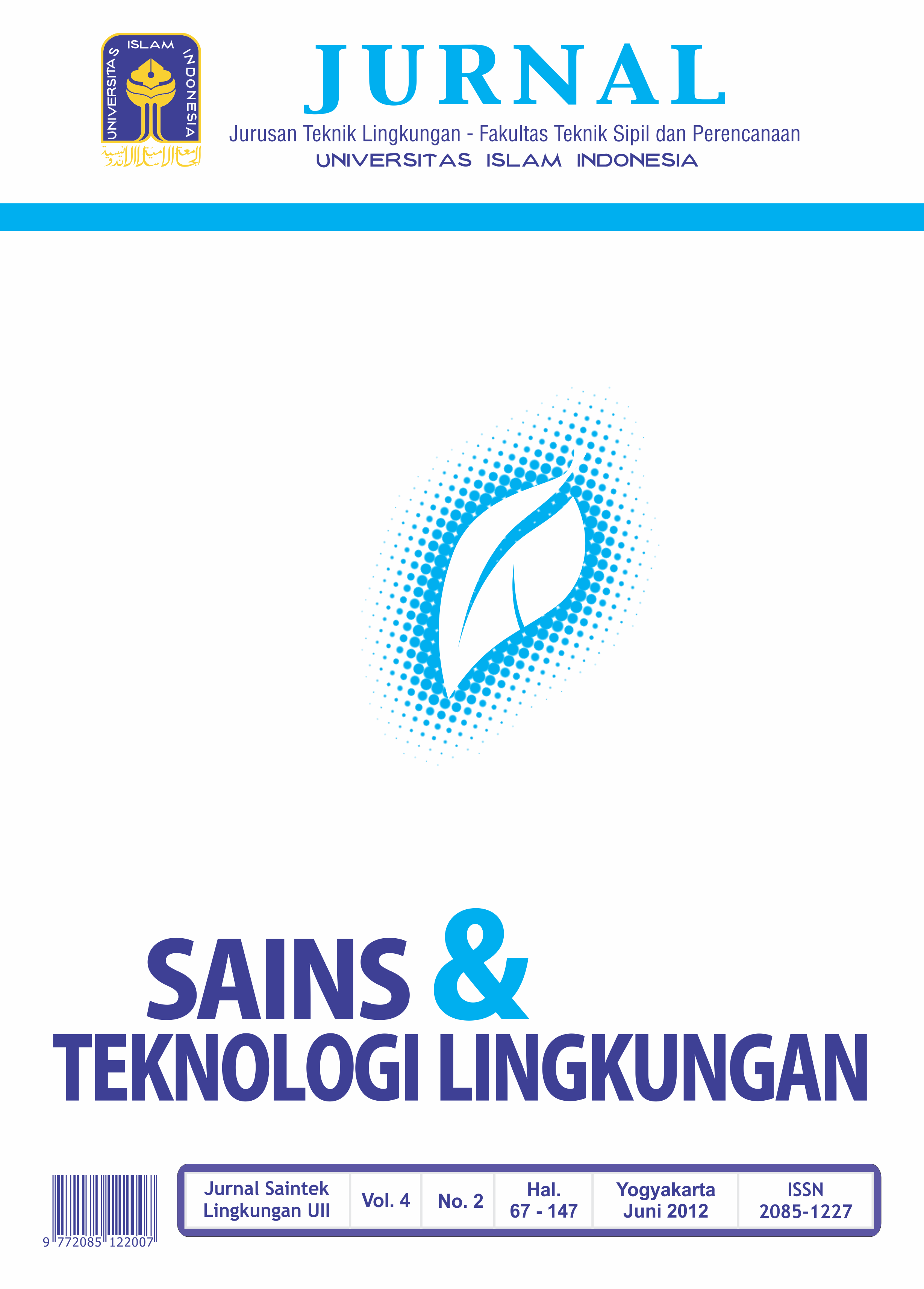Main Article Content
Abstract
This paper explains theoretical studies concerning urban heritage conservation. One of the frequently occurring problems in urban heritage is obsolescence. During the rapid process of urban development, regeneration of urban historic quarters is important in establishing and maintaining the character and identity of a city. This could be done by recovering the urban areas from obsolescence through renewal of the physical fabric as well as by revitalizing their economic life.
The city of Solo, Indonesia, provides an example how the Municipality through revitalization programs of several historic public open spaces has started some efforts concerning urban heritage conservation. Through the case studies, this papers tries to identify main problems faced by urban heritage of Solo especially by those historic public open spaces. It also intend to look at how the Municipality dealt with these problems through revitalization programs. It also tries to analyze several dimensions in urban conservation of both historic parks before and after the revitalization programs.
This paper concludes by addressing several lessons learned from the case studies, that substantial identified problems concerning conservation and socio-cultural aspects were resolved through revitalization programs. Despite the city’s success in restoring their original function as public space as well as rehabilitating the decaying structures within the areas, some challenges still remain concerning the issues of authenticity and sustainability of the urban heritage.
Keywords
Article Details
Authors who publish with this journal agree to the following terms:
- Authors retain copyright and grant the journal right of first publication with the work simultaneously licensed under a Creative Commons Attribution License that allows others to share the work with an acknowledgement of the work's authorship and initial publication in this journal.
- Authors are able to enter into separate, additional contractual arrangements for the non-exclusive distribution of the journal's published version of the work (e.g., post it to an institutional repository or publish it in a book), with an acknowledgement of its initial publication in this journal.
- Authors are permitted and encouraged to post their work online (e.g., in institutional repositories or on their website) prior to and during the submission process, as it can lead to productive exchanges, as well as earlier and greater citation of published work (See The Effect of Open Access).
